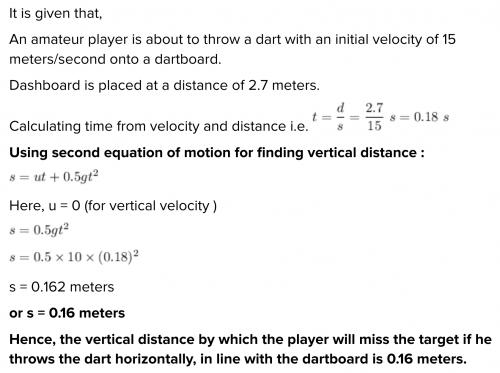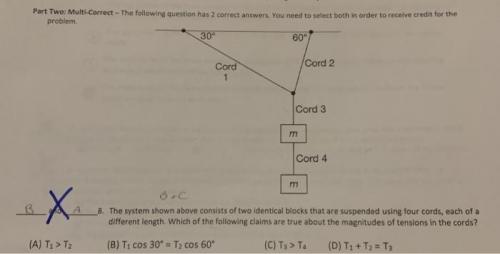 5
5 It describes that chimpanzee is mostly dependent on fruits as food and very rarely dependent on miscellaneous items.
 5
5 It describes that chimpanzee is mostly dependent on fruits as food and very rarely dependent on miscellaneous items.
Evolution and Natural Selection
Explanation:
Salivary amylase gene (AMY1) copy number is correlated positively with salivary amylase protein levels, and that individuals from populations with high-starch diets have on average more AMY1 copies than those with traditionally low-starch diets. Higher AMY1 copy numbers and protein levels likely improve the digestion of starchy foods, and may buffer against the fitness-reducing effects of intestinal disease.
Chimpanzees did not feed much on starchy food and thus had only diploid copies of AMY1 gene. However, humans have 6-15 copies of AMY1 gene because of high consumption of starchy food. Therefore, as the evolution of chimpanzees occured, humans adapted itself to what changes in their habitat.
Evolution and Natural Selection
Explanation:
Salivary amylase gene (AMY1) copy number is correlated positively with salivary amylase protein levels, and that individuals from populations with high-starch diets have on average more AMY1 copies than those with traditionally low-starch diets. Higher AMY1 copy numbers and protein levels likely improve the digestion of starchy foods, and may buffer against the fitness-reducing effects of intestinal disease.
Chimpanzees did not feed much on starchy food and thus had only diploid copies of AMY1 gene. However, humans have 6-15 copies of AMY1 gene because of high consumption of starchy food. Therefore, as the evolution of chimpanzees occured, humans adapted itself to what changes in their habitat.



Independent variable: the best method to get rid of them.
Dependent variable: washing with soap and water.
Hypothesis: Organic oils
Control group: water
Answer:
Option DStep-by-step explanation:
D.
Heat each cube to the same temperature, place each cube into different containers with 500 grams of water at the same temperature, and measure the temperature of the water.
Answer:
see below.Step-by-step explanation:
To solve this problem, we can use the conservation of energy and conservation of momentum principles.
Conservation of energy:
The total initial energy is the rest energy of the proton and neutron, which is given by:
Ei = (mp + mn)c^2
where mp and mn are the masses of the proton and neutron, respectively, and c is the speed of light.
The total final energy is the rest energy of the deuteron plus the energy of the gamma ray, which is given by:
Ef = (md)c^2 + Eg
where md is the mass of the deuteron and Eg is the energy of the gamma ray.
According to the conservation of energy principle, the initial energy and final energy must be equal, so we have:
Ei = Ef
(mp + mn)c^2 = (md)c^2 + Eg
Conservation of momentum:
The total initial momentum is zero because the proton and neutron are at rest. The total final momentum is the momentum of the deuteron and the momentum of the gamma ray. Since the gamma ray is massless, its momentum is given by:
pg = Eg/c
where pg is the momentum of the gamma ray.
According to the conservation of momentum principle, the total final momentum must be equal to zero, so we have:
0 = pd + pg
where pd is the momentum of the deuteron.
Solving for md and pd:
From the conservation of energy equation, we can solve for md:
md = (mp + mn - Eg/c^2)/c^2
Substituting this expression into the conservation of momentum equation, we get:
pd = -pg = -Eg/c
Substituting the given values, we have:
mp = 1.6726 × 10^-27 kg mn = 1.6749 × 10^-27 kg Eg = 2.2 × 10^6 eV = 3.52 × 10^-13 J
Using c = 2.998 × 10^8 m/s, we get:
md = (1.6726 × 10^-27 kg + 1.6749 × 10^-27 kg - 3.52 × 10^-13 J/(2.998 × 10^8 m/s)^2)/(2.998 × 10^8 m/s)^2 = 3.3435 × 10^-27 kg
pd = -Eg/c = -(3.52 × 10^-13 J)/(2.998 × 10^8 m/s) = -1.1723 × 10^-21 kg·m/s
Therefore, the mass of the deuteron is 3.3435 × 10^-27 kg, and its momentum is -1.1723 × 10^-21 kg·m/s.

It will provide an instant answer!
